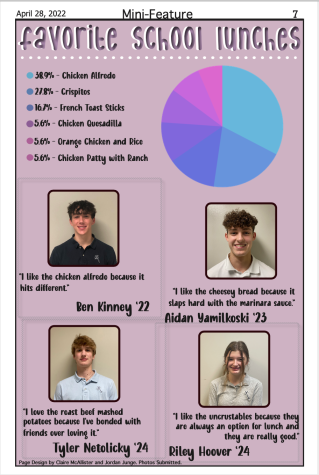Hurricanes hit hard
September 19, 2017
Thousands of families across Texas, Florida, and the Caribbean have been forced to evacuate their homes this past month due to Hurricane Harvey and Hurricane Irma, two tropical storms that developed over the Gulf of Mexico and the Atlantic Ocean. Harvey initially hit the coast of Southern Texas, but eventually brought harsh rain and oods to major cities like Austin, Houston and San Antonio. Similarly, Irma initially hit the Bahamas and other Caribbean islands before moving towards the coast of Florida.
The hurricanes have been named some of the worst natural disasters in American history. What made the storms so powerful were the immense amounts of rain and the unusually warm waters in the Gulf of Mexico and Atlantic, which helped the storms gain traction. Some areas of Southeast Texas received as much as 50 inches of rain, causing ooding
and major power outages.
The consequences of the two storms were worse than anyone predicted. The estimated cost of recovery has skyrocketed to over 160 billion dollars worth of damage just from Harvey alone. The ood waters caused over 60 deaths and an explosion in a Houston power plant. Irma was even more deadly with over 80 deaths and an additional 50 billion dollars in damages. In addition to the physical damage, there have been major health and environmental hazards as well. Experts believe the ood water is contaminated with infectious diseases like cholera and toxic chemicals like lead and arsenic. “We’re telling people to avoid the ood water as much as possible,” Houston Health Department spokesperson Por rio Villarreal said. “Don’t let your children play in it. And if you do touch it, wash it o . Remember, this is going to go on for weeks.”
Volunteer e orts were strong following the two storms. In addition to federal and state rescueteams,largegroupsoflocal volunteers helped lead the rescue e orts. Groups of locals traveled out on boats and jet skis to rescue as many people as possible and get them to a safe spot.
“Once we move them, we’re able to extract them from di erent areas and rescue them. We’ve got to get them into shelters,” Federal Emergency Management Agency Director Brock Long said. “This shelter mission is going to be a very heavy lift. We’re anticipating over 30,000 people being placed in shelters temporarily.”
Harvey and Irma have passed, Hurricane Jose followed, and Hurricane Maria is expected soon. While the storm lasted only a few weeks, the e ects will last for years to come.



